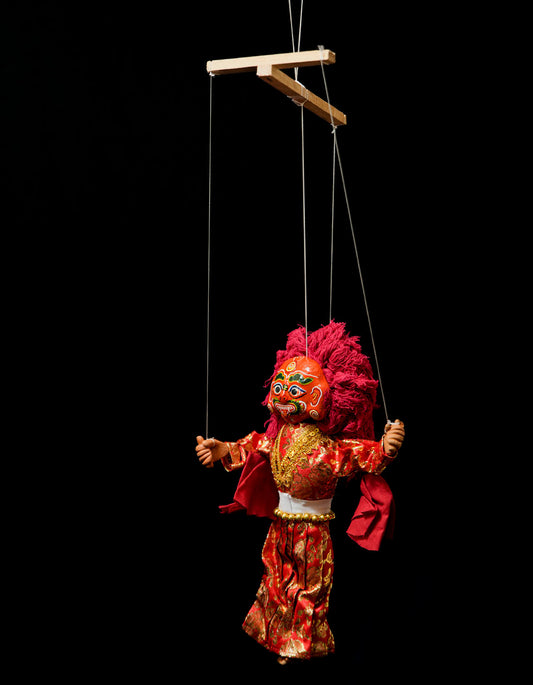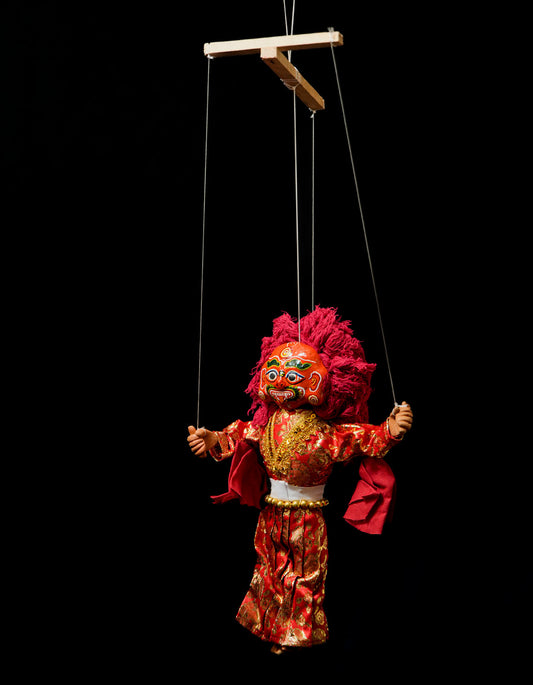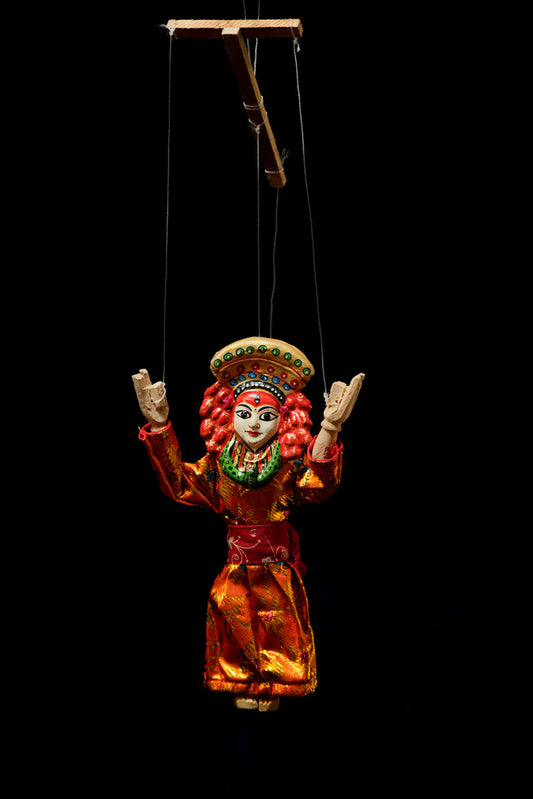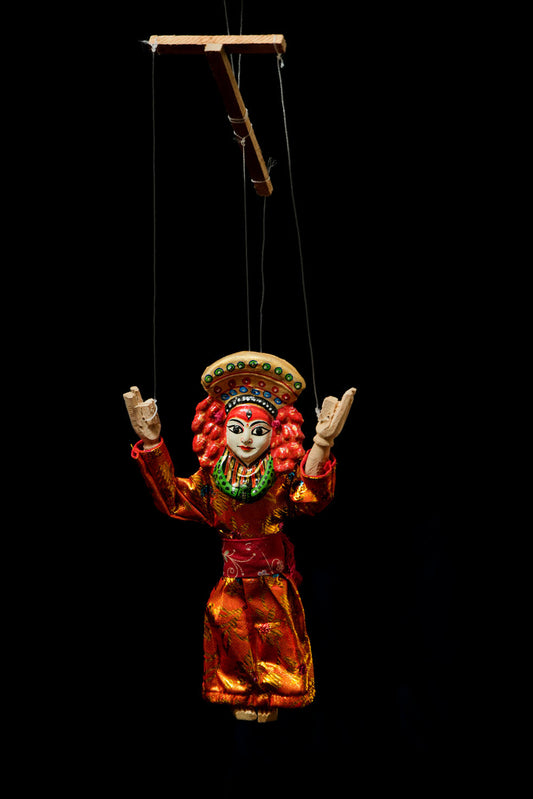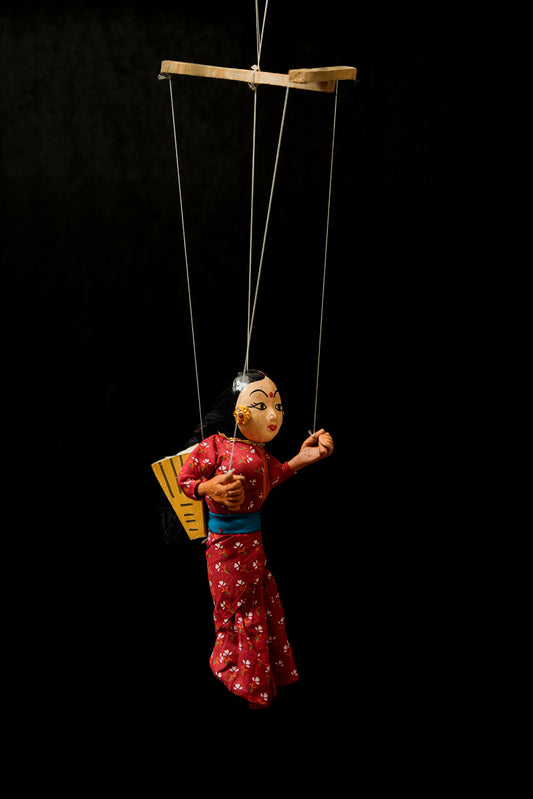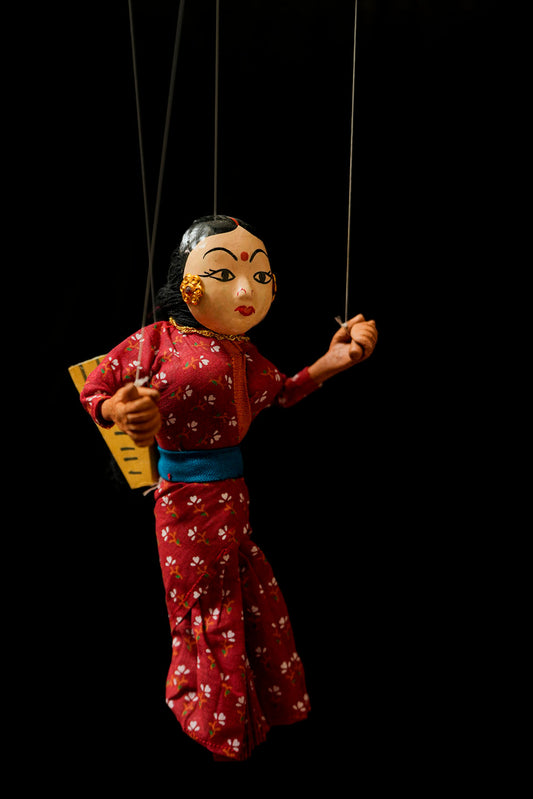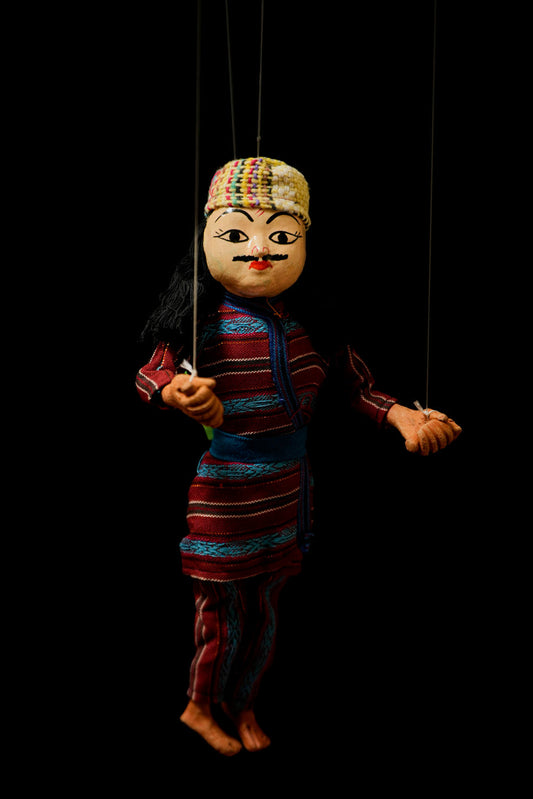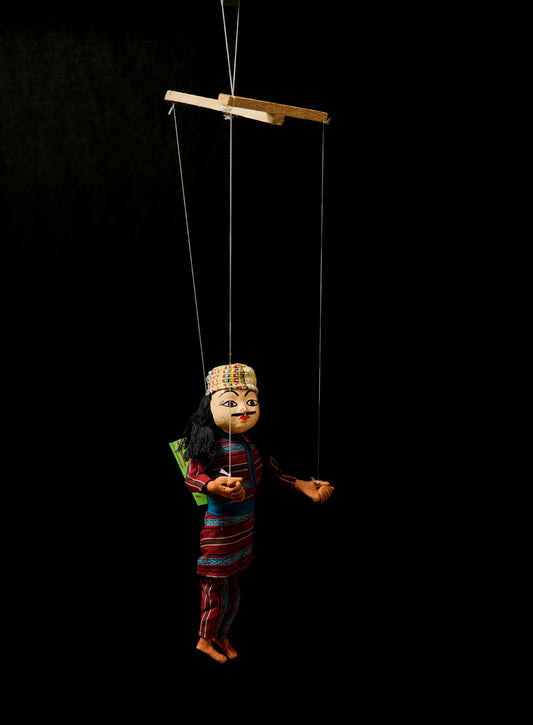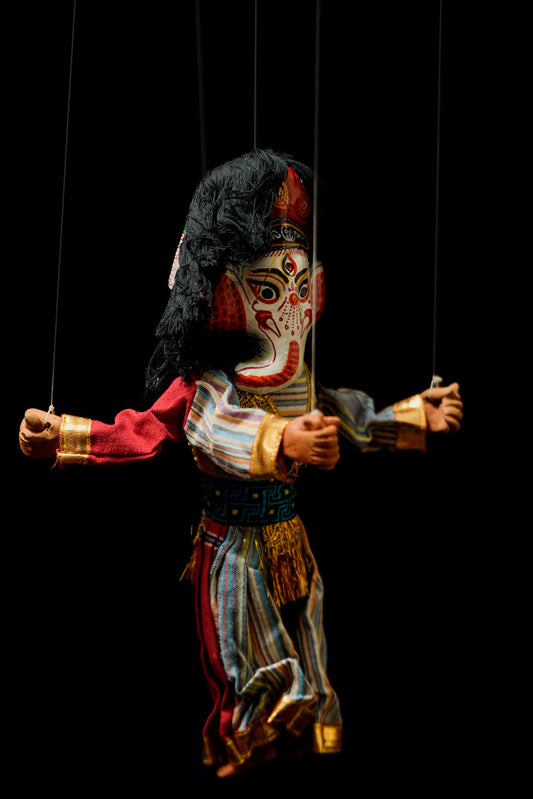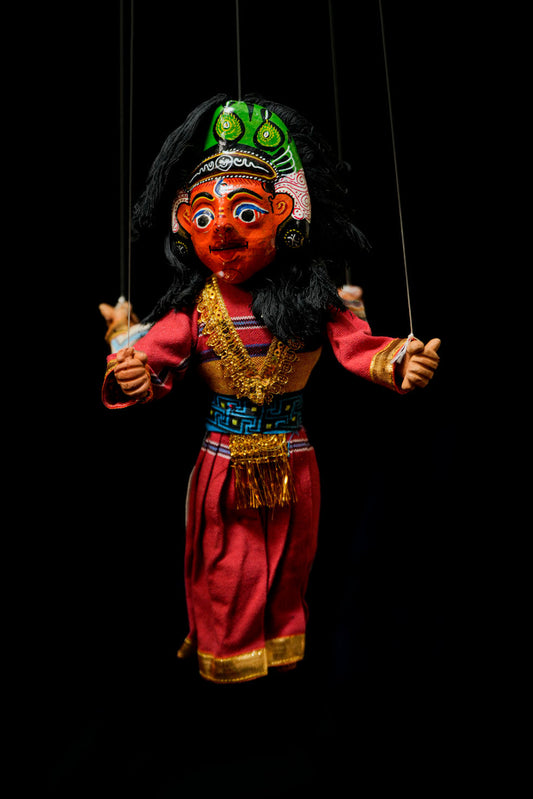Collection: Traditional Handmade Puppets
-
Traditional Lakhey Himalayan Puppet| पुतली
Prix habituel Rs. 2,800.00 INRPrix habituelPrix unitaire / par -
Traditional Kumari Wooden Puppets | पुतली
Prix habituel Rs. 2,800.00 INRPrix habituelPrix unitaire / par -
Traditional Newari Puppets | पुतली
Prix habituel Rs. 2,800.00 INRPrix habituelPrix unitaire / par -
Traditional Newari Puppets | पुतली
Prix habituel Rs. 2,800.00 INRPrix habituelPrix unitaire / par -
Traditional Ganesh and Kumari Puppet| पुतली
Prix habituel Rs. 3,500.00 INRPrix habituelPrix unitaire / par
Abonnez-vous à nos emails
Abonnez-vous à notre liste de diffusion pour recevoir des informations privilégiées, des lancements de produits et bien plus encore.
